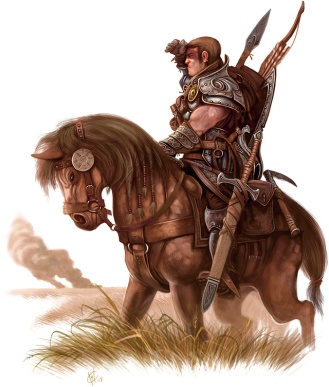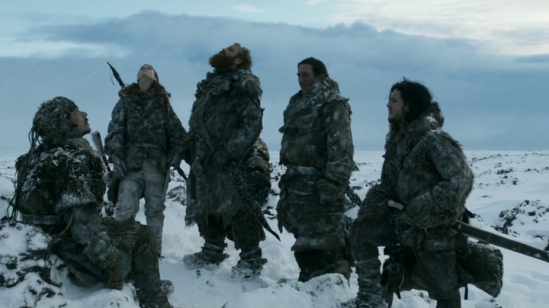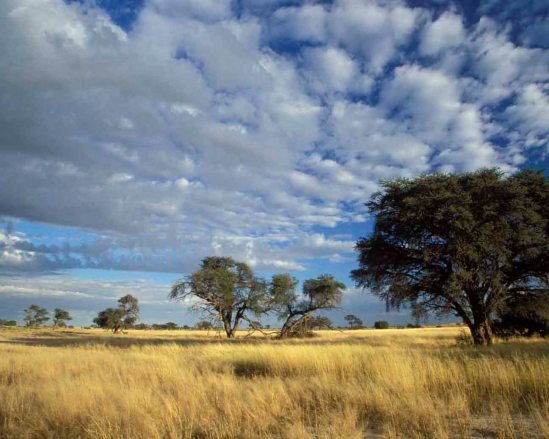This week’s post is going to be a little minute in terms of fluff, but it will take on greater importance next week when I unveil a new deity in the Blue Pantheon — as you’ll remember, I said I’d likely be adding on more as time progressed.
However, I want to talk about mounts this week.
It may seem fairly trivial on the surface, but it is incredibly important in terms of cultural differentiation.
As most who have studies any amount of history know, horses have been the primary mount in Earth’s history, mostly because it was one of the first animals domesticated. However, that doesn’t have to be the case in Kalanesia. So here’s what people across the continent ride.
The former Blue Empire rides horses and pegasi
Those who live in cities like Exeline, Waystrand, Vraen and Tri Riven have largely used horses and their close, magical cousins, pegasis, for travel stretching farther back than the foundation of the empire. 
Horses have been the primary source of travel for all members of the former empire, even for commoners, who own at least an old draft horse for plowing and pulling carts. Merchants and gypsies own a few draft horses for pulling their wagons and supplies. The middle class often has one of two higher-quality thoroughbreds used for trave. Knights often have a larger destrier for jousts and combat. And nobles prize themselves on raising horses for races.

However, the epitome of the nobles own pegasi. Most of the lower-rung nobles and rising merchants own one or two of the beasts, but, just as most nobles raise prize-winning horse, a few of the more prominent raise racing pegasi.
The elves love their deer and large birds

Okay, I’ll admit I thought this was one of the coolest images in the first Hobbit movie. And, though I’m sure there are some out there who thought it was a needless artistic choice, it actually makes a lot of sense, at least in Kalanesia. Horses are primarily built for plains with plenty of room to run and move. Deer, elk, moose, caribou, etc. are best built for forested areas, which easily describes the areas where elves live. Elves who ride mounts usually tame whatever large cervids are native to their area. This also means that, when elves live in plain areas, they still favor beasts like gazelles.

They also ride giant birds. Again, this is based on a Tolkien trope, but, given that birds like eagles and owls naturally live in wooded areas, it makes sense that the giant versions would also be in large woods. As such, for elves looking to fly work with giant birds. Giant eagles are ridden in both Caer’Cindarin and Caer’Salamë, but giant owls are the more common in the latter.
Orcs favor large predators

Since, like elves, orcs favor the less civilized areas of Kalanesia, they too have unorthodox, if archetypal, mounts. Because of their ferocity and warlike nature, they favor apex predators. In wooded areas, they choose dire wolves. In the Mysterium Jungles, they ride dire tigers, or dire lions in the Silverblade Savannah. In the northern reaches, they ride shaggy, saber-toothed cats. As part of a beast-rider’s initiation into adulthood, he or she is tasked with breaking and taming a wild animal to serve as a mount rather than relying on domesticated stock.
Things are different in the desert

Those who live in desert climates are most likely to travel on camels. Because there are few deer in the Aamn Sands, the elves domesticated the dromedaries early on as they began traveling the wastes. Since then, camels have become the primary means of transportation for most traveling the desert. In Kalanesia, the word camel is derived from “cama elell,” which means “old wanderer,” brought from their travel of the desert and their cantankerous attitudes.

However, the goblinoids have a different preference. A long time ago, as they set up along the Green River, they had to deal with giant scorpions, which they first considered pests. However, a few druids among the clans managed to tame some, and, since then, they have acted as the goblinoids’ beasts of burden and mounts.
Tiefling’s mounts were dictated by their pact
 Because they were once humans and part of the Blue Empire, tieflings still use horses. However, just like others, they have sought winged mounts that fit into their lives best. When their infernal taint turned the noses of the pegasi they used to ride, they switched to a more agreeable option, the nightmare. The fiery horses have long been associated with devils, and, though the lack wings, their magical nature grants them flight. Even their master-beast relationship takes on a pact-like quality: before a nightmare will consent to bare a rider, the rider must offer something in return, such as morsels of meat, a chance to kill something or, in some cases, a choice mate.
Because they were once humans and part of the Blue Empire, tieflings still use horses. However, just like others, they have sought winged mounts that fit into their lives best. When their infernal taint turned the noses of the pegasi they used to ride, they switched to a more agreeable option, the nightmare. The fiery horses have long been associated with devils, and, though the lack wings, their magical nature grants them flight. Even their master-beast relationship takes on a pact-like quality: before a nightmare will consent to bare a rider, the rider must offer something in return, such as morsels of meat, a chance to kill something or, in some cases, a choice mate.
Dwarves need something to scale mountains and just as stubborn as they are.
 Since they live in steep, mountainous areas, Dwarves need mounts with footing suited to the terrain. And that would lead to the trusty mountain goats, such as their preferred dire ibexes. The goats’ hooves are tailored made for climbing the mountains. They are also just as stubborn as the dwarves, not giving up when faced with hardship.
Since they live in steep, mountainous areas, Dwarves need mounts with footing suited to the terrain. And that would lead to the trusty mountain goats, such as their preferred dire ibexes. The goats’ hooves are tailored made for climbing the mountains. They are also just as stubborn as the dwarves, not giving up when faced with hardship.

However, what do they ride when they need to fly? Griffins, of course. These beasts are every bit as stubborn as the dwarves but just as fiercely loyal once their friendship is earned. The Werrack dwarven clan is known for its corp of griffin riders that use crossbows and javelins.
Dragonborn and kobolds like drakes

The island of Draconix is a place where dragonborn flourish, and dragons have dominated for eons. As such, the island is home to a large population of wyverns and drakes, a land where reptiles won over mammals in evolution. As such, quadruped drakes are the primary mount for speed and stamina. Bipedal drakes make mounts for great shock troops. And, finally, winged drakes and wyverns are great for the primary flying mounts.

























